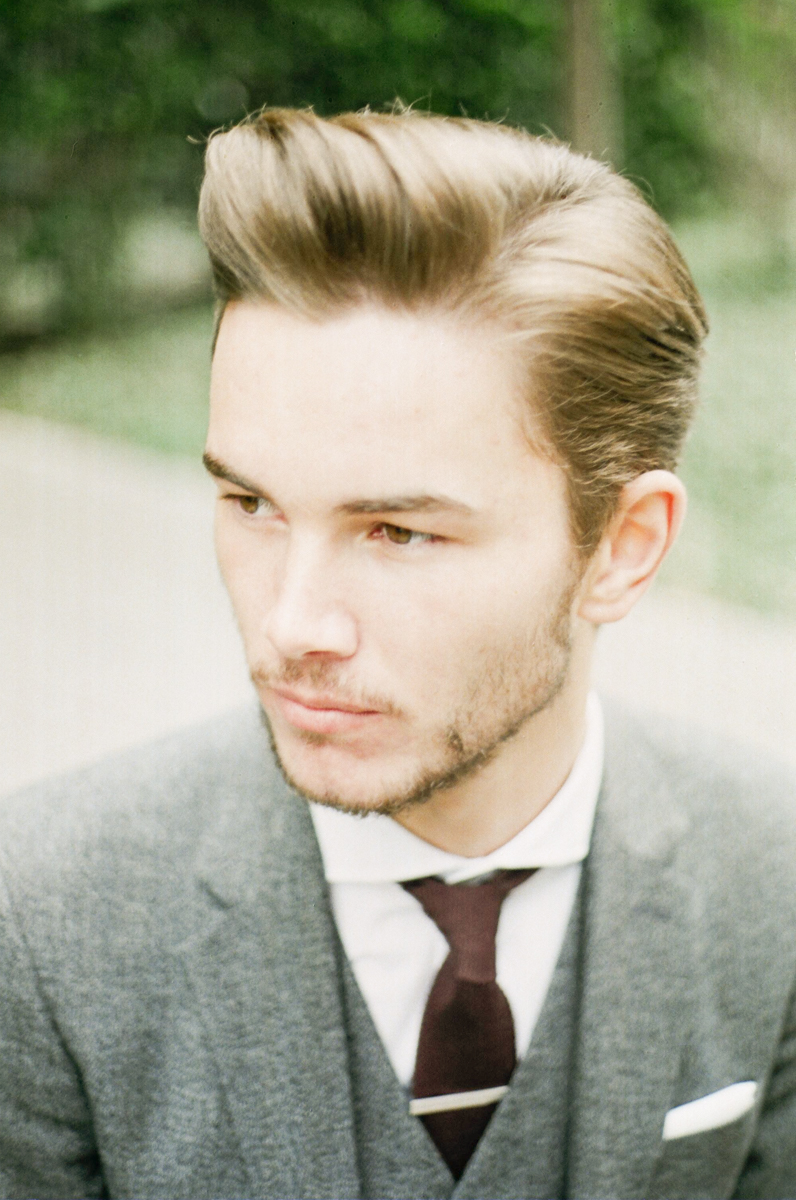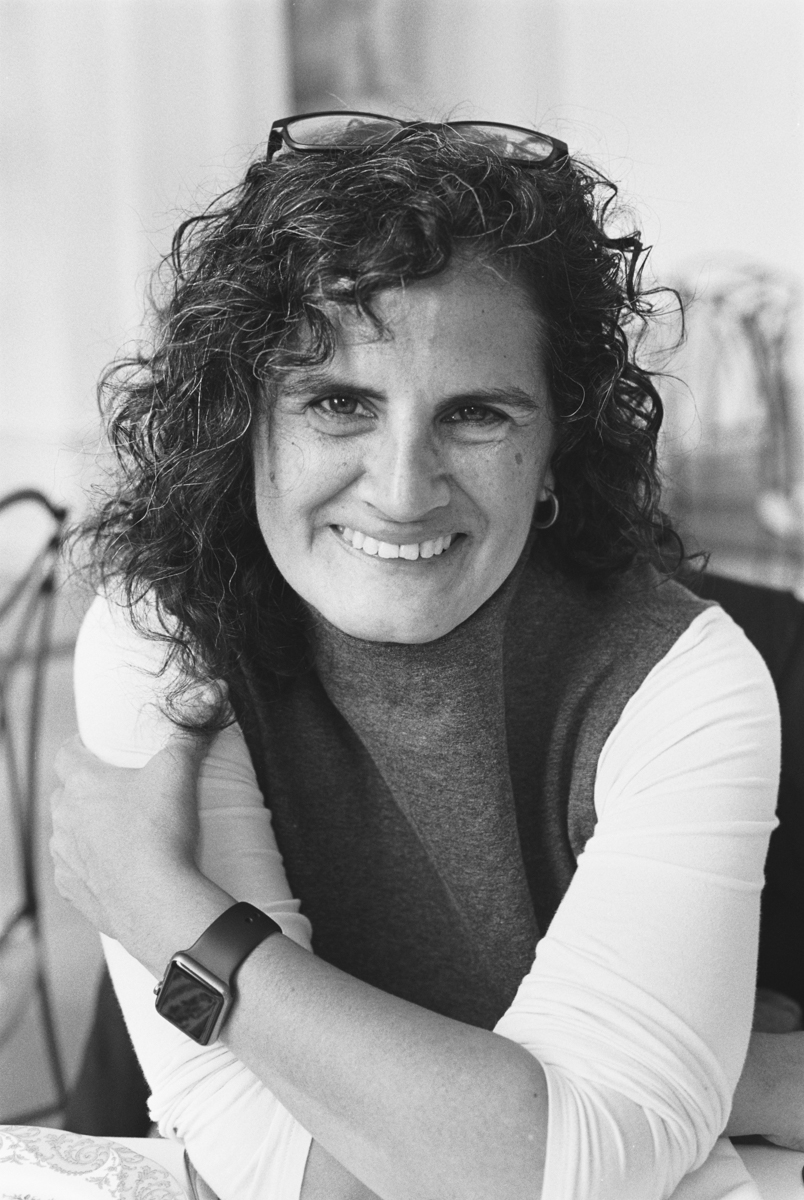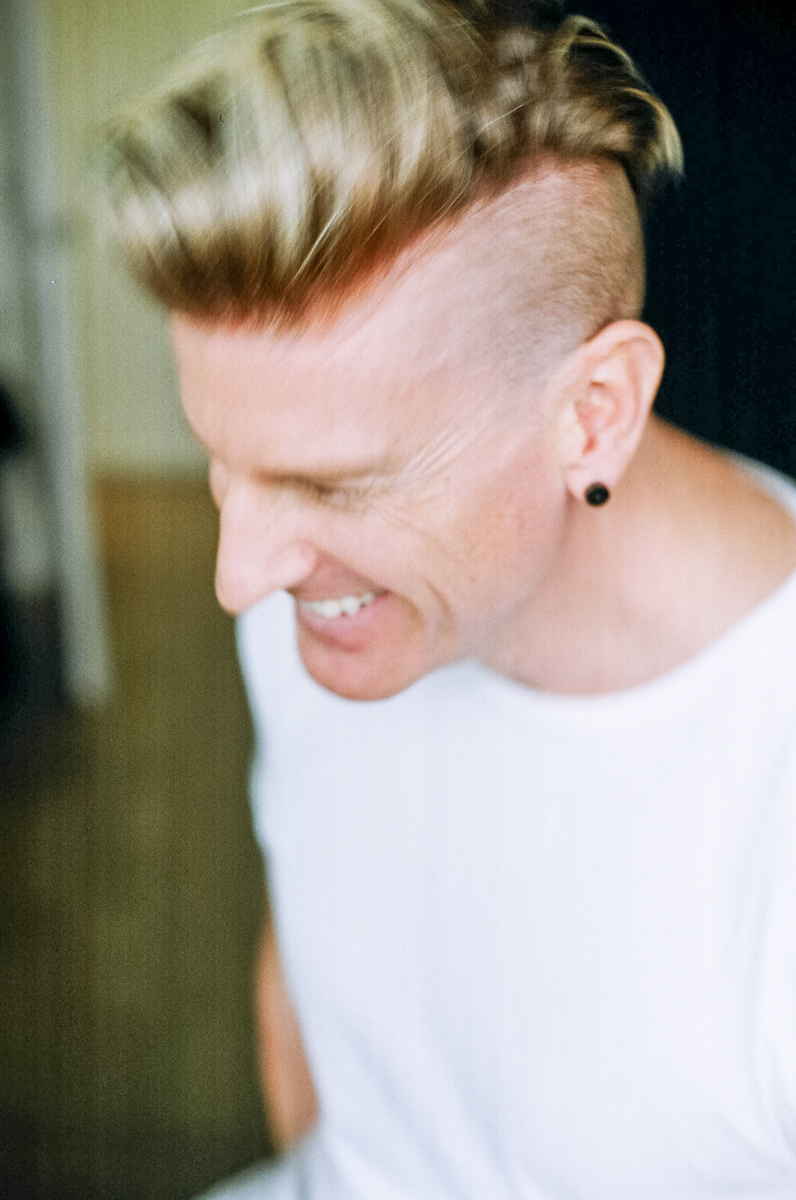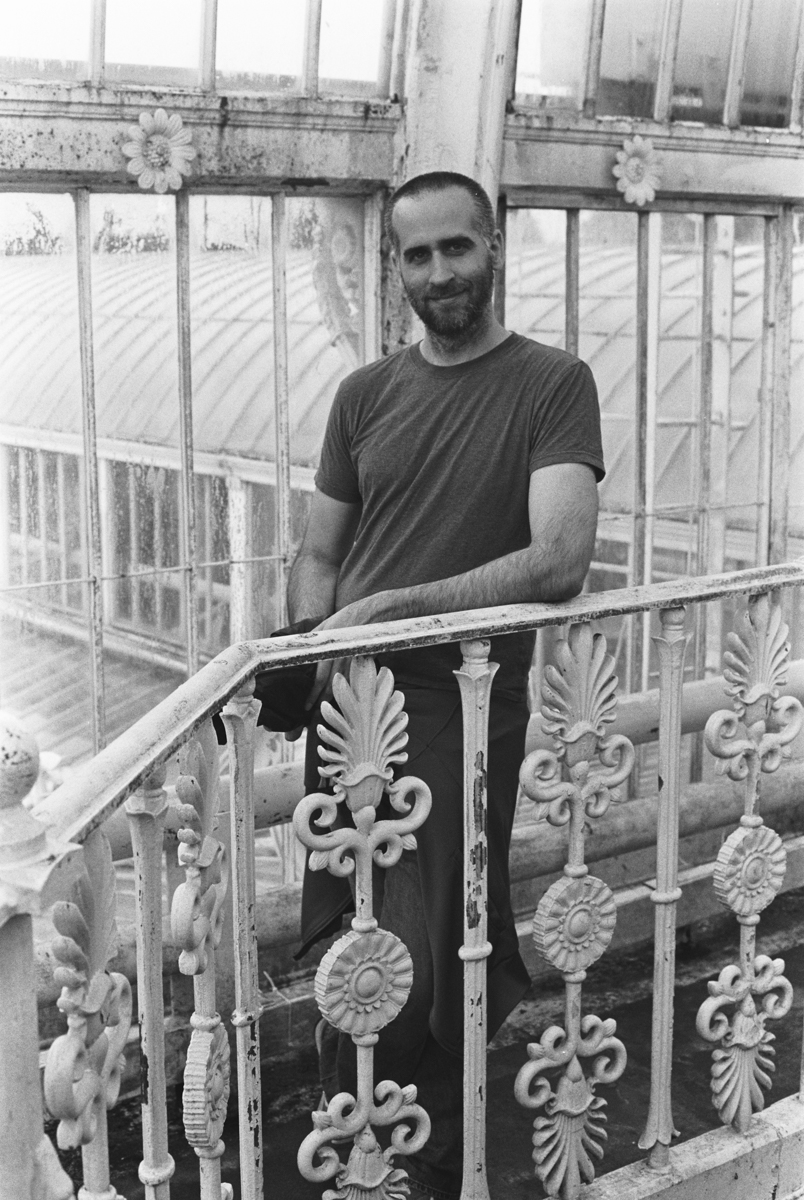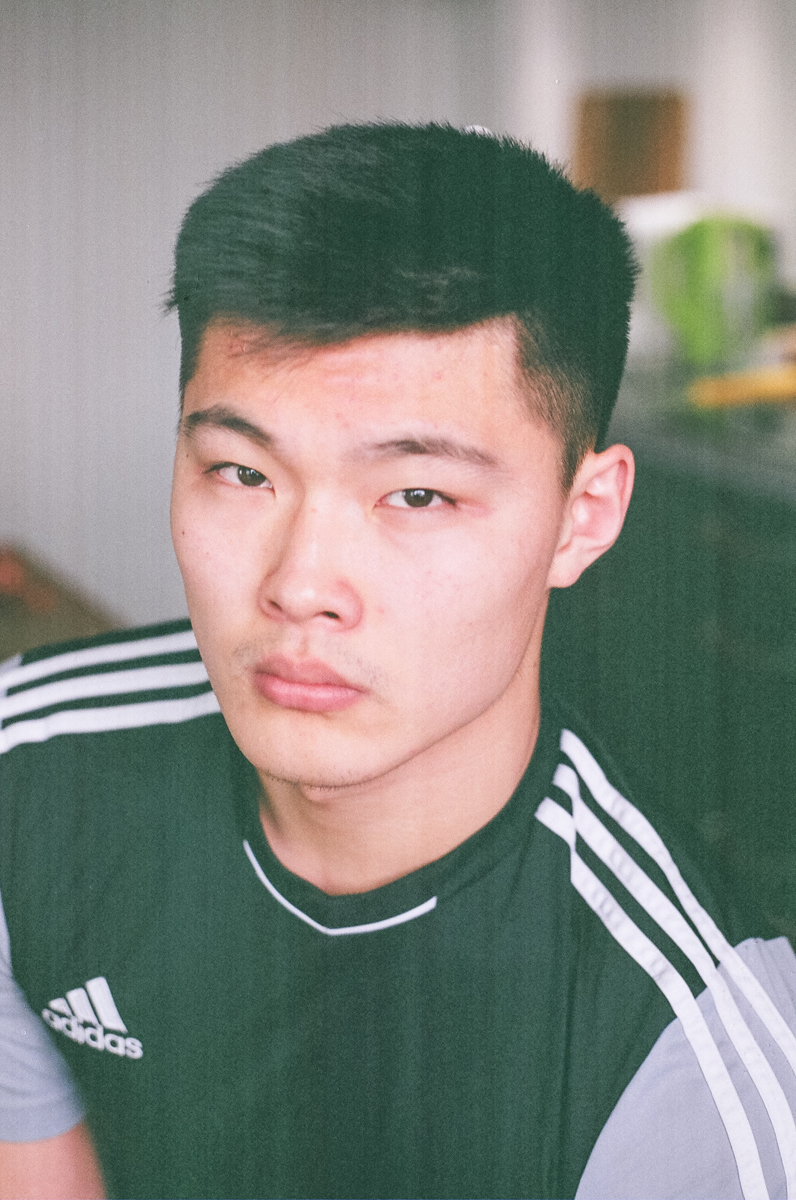This is the second post of my series of monthly posts where I speak with people in the creative industries and ask them questions about the things that "I Wish I Had Known" when I started out as a creative myself.
Today I speak with Ilise Benun, a Marketing mentor and author based in New York, about what marketing is and how can creatives successfully self-promote:
1. Tell me a bit about yourself and the work that you do?
I am an author, business coach, national speaker, the founder of Marketing-Mentor.com and adjunct faculty at Pratt Institute and Maryland Institute College of Art, host of the Get Better Clients Bootcamp and a Program Partner for HOW Design Live, the largest design conference in the U.S.
Half my time is spent coaching creatives, especially the ones who are willing to do what it takes to get better clients with bigger budgets. That includes photographers, designers, illustrators, copywriters, videographers and other miscellaneous creative professionals. I’ve been doing this for almost 30 years.
I have also written 7 books, including The Creative Professional’s Guide to Money, The Designer’s Guide to Marketing and Pricing, and Stop Pushing Me Around: A Workplace Guide for the Timid, Shy and Less Assertive. I edit 2 blogs, The Creative Freelancer Blog and The MarketingMixBlog, and I host 2 podcasts, The Marketing Mentor Podcast and the HOWLive Podcast. My online courses can be found through CreativeLive, HOW Design University and American Writers & Artists Institute.
I also have an online store where I sell tools to grow a creative business, including The Pick a Niche Kit, The 30 Minutes-a-Day Marketing Plan for Creative Professionals, The Designer’s Proposal Bundles and The Package Pricing Bundle.
All of that keeps me busy delivering the basic business training in all the different ways a creative professional would want to learn how to grow their business.
2. When did you decide that you wanted to help creatives with their marketing strategies?
In 1988, I was fired from a job so I started out helping my friends who were actors and singers and painters in New York be more organized; over the years it has evolved into helping creatives learn what it means to be your own boss and take control of your business and your life. So I wouldn’t say I “decided” – it was more a question of me responding to the needs I perceived around me with a skill I didn’t even know I had at first, and then practising what I was preaching to take control of my own business!
3. Niche, target, audience, market... for the uninitiated these words are very confusing at the beginning. How would you explain in everyday words what self-promotion is all about?
Let me start with what self promotion is not. It’s not:
Bragging
Tooting your own horn
Boring people with me, me, me
Shoving your business card in someone’s face
Convincing anyone that they should work with you
Unfortunately, most people think it’s one or more (or sometimes all) of those things. Instead it is very simple:
Self promotion involves identifying those who need what you offer (that’s your target market or niche) and letting them know that you are willing and available to help. Self promotion is everything you do to communicate that message to the right people, the ones who will be open to it – again, your niche.
4. Why is it important for creatives to get their products and services out there?
James Sommerville, VP of Global Design at The Coca Cola Company, said it best on my blog: “Show us you’re interested by reaching out to us. Otherwise, we probably won’t know you exist."
5. Are creatives betraying the artist in them by trying to attract clients?
There does seem to be a popular myth that art and business don’t mix, that one corrupts the other or that you can’t be both “an artist” and “a business person.” I, of course, think that is bull. In fact, I recommend not labelling yourself at all. Instead, think about the business tasks that need doing and do them, whether you are “an artist,” “a business person” or a dog.
6. In this day and age when we are over saturated by promotional material, how much self promotion is too much... or too little?
It depends! And we each have to figure that out for ourselves. Here’s how: if you have a goal to earn X dollars (or pounds) per month, you have to figure out how much self promotion it takes to make your monthly goal based on how much you charge for your services.
Also, self promotion is not a question of quantity, as much as quality and effectiveness. If you choose the right tools to reach your target market in their moment of need, you may not have to do much at all. But you have to know which tools those are! Sometimes, attending one targeted event will give you all the marketing ammunition you need to last a year, as long as you follow up.
7. Is it enough just spreading the word about our work? What else can we do?
The most important thing to do is develop and nurture relationships with the people who are in a position to either hire you and/or pass your name along to the right people.
That can be done in many different ways – too many, really. It can be done in person through networking. It can be done online through social media. It can be done via email and through the old fashioned snail mail -- even sometimes on the phone. The problem most people encounter is getting overwhelmed by all the different marketing tools available. Or using the right ones in the wrong way. The right way, of course, is strategically, allowing you to connect the dots so the right people get the right message at the right time. That is the basis of my latest marketing plan: 2017 Marketing Blueprint - How to Connect the Dots of Your Marketing.
8. Most creatives are very good at their craft but very bad at selling themselves.... myth or reality?
Reality…but for a good reason. You are good at your craft because you care about it and you devote a lot of time to improving it and making sure you’re the best you can be. If you don’t do that for the business side of your craft, you are almost guaranteed to be really bad at it. No one is good at anything they haven’t learned and practised until they are competent and confident about it.
9. Any other word of advice?
Stop making excuses and get on with the work of letting people know about your work. It is your obligation to yourself.
10. How can creatives reach you and what can you do for them?
What I can do is teach you the simple and basic marketing tools that will bring your ideal clients to you. If that sounds good, sign up for my Quick Tips from Marketing Mentor to get a taste of my advice. Listen to the podcast and then, if you like what you see, sign up for my free 30 minute mentoring session and we’ll talk.
Beautiful! Thank you so much Ilise for your time and for all this fantastic information. So many things that "I Wish I Had Known"! I am sure that a lot of people will find it all very useful. I know that your blog, podcasts, calendar and books have been very useful for me!









